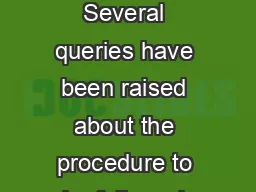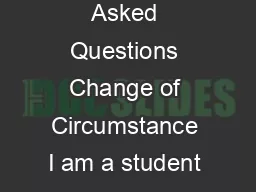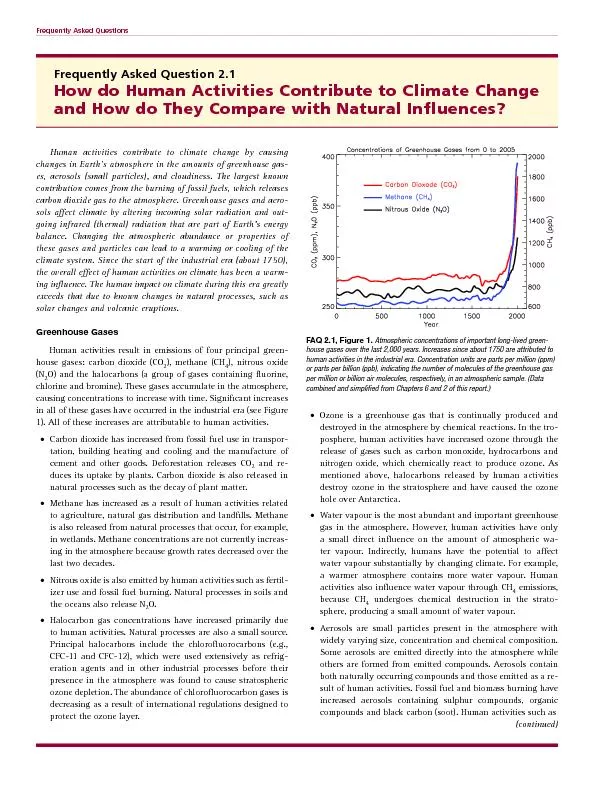PDF-Frequently Asked Questions
Author : tawny-fly | Published Date : 2016-03-19
Frequently Asked Question 11What Factors Determine Earth146s Climate The climate system is a complex interactive system consisting of the atmosphere land surface
Presentation Embed Code
Download Presentation
Download Presentation The PPT/PDF document "Frequently Asked Questions" is the property of its rightful owner. Permission is granted to download and print the materials on this website for personal, non-commercial use only, and to display it on your personal computer provided you do not modify the materials and that you retain all copyright notices contained in the materials. By downloading content from our website, you accept the terms of this agreement.
Frequently Asked Questions: Transcript
Download Rules Of Document
"Frequently Asked Questions"The content belongs to its owner. You may download and print it for personal use, without modification, and keep all copyright notices. By downloading, you agree to these terms.
Related Documents














